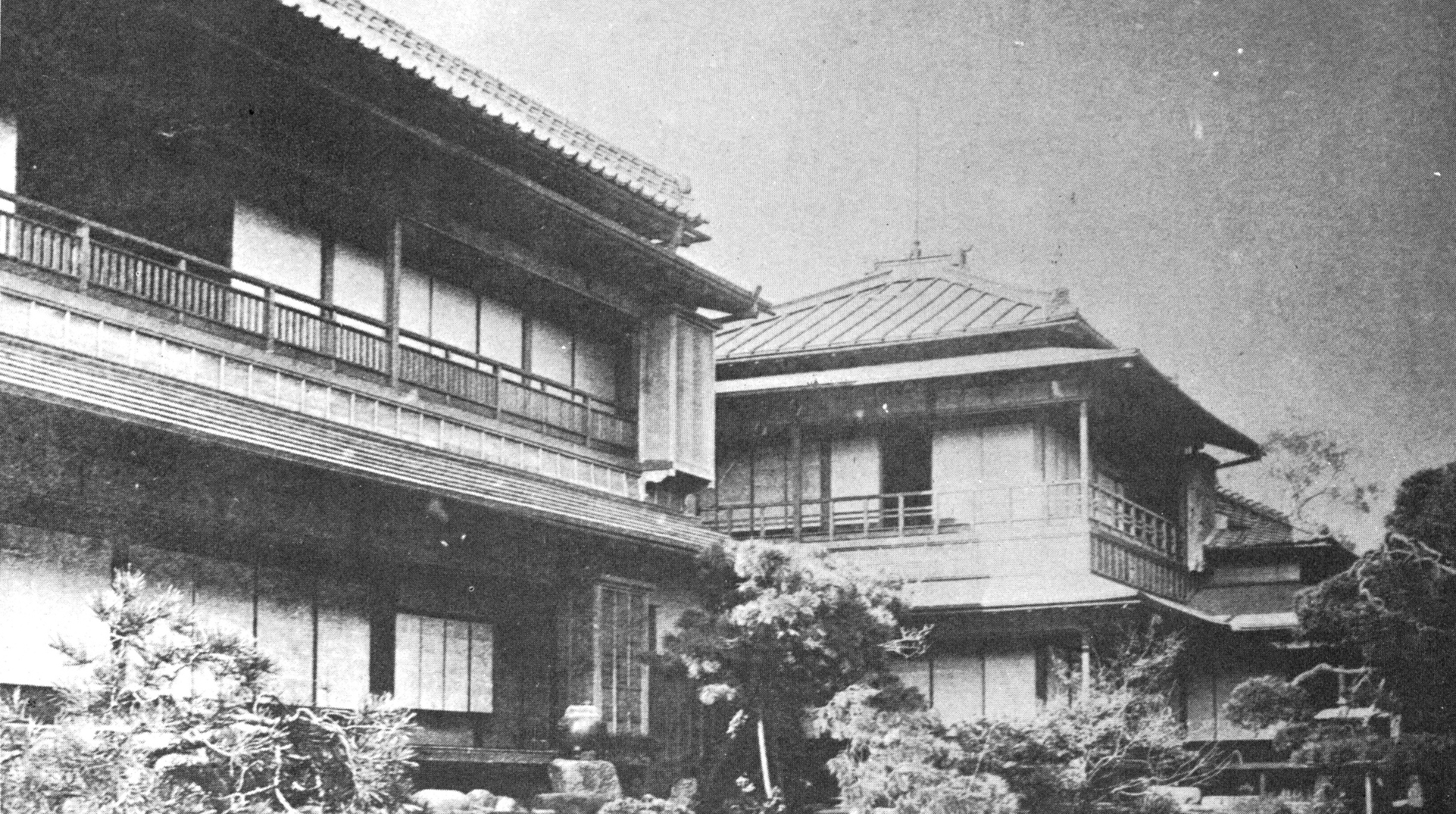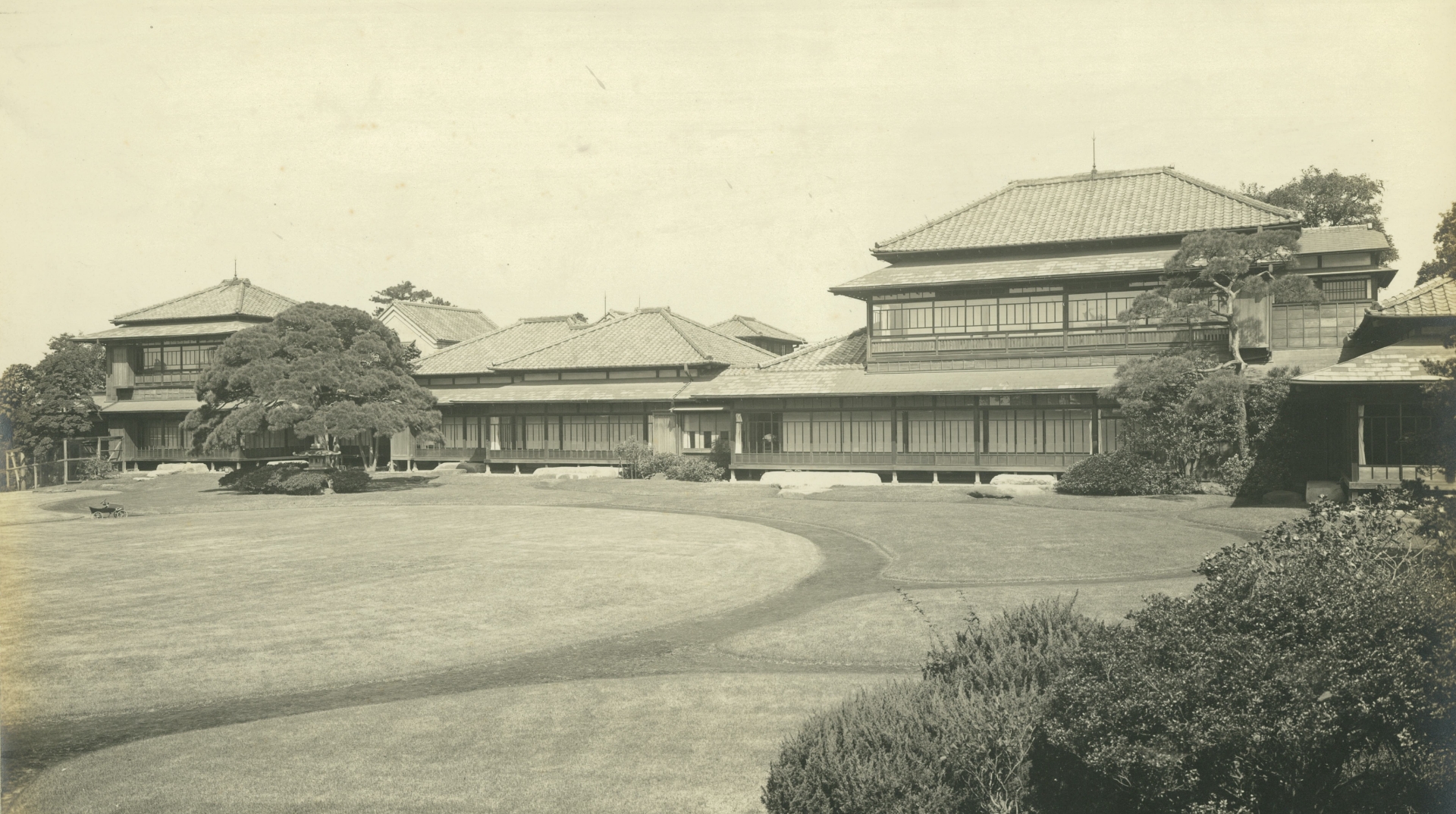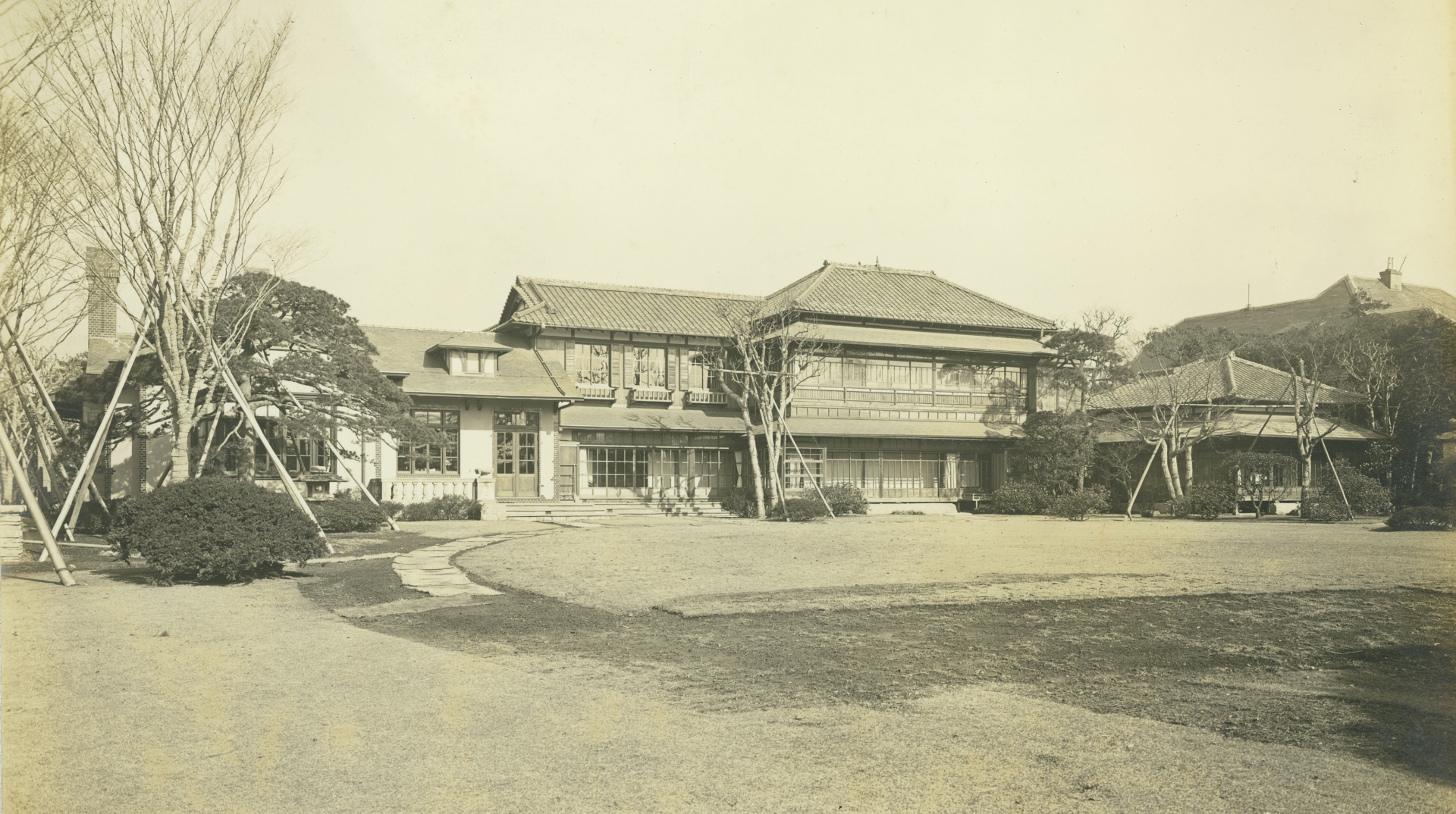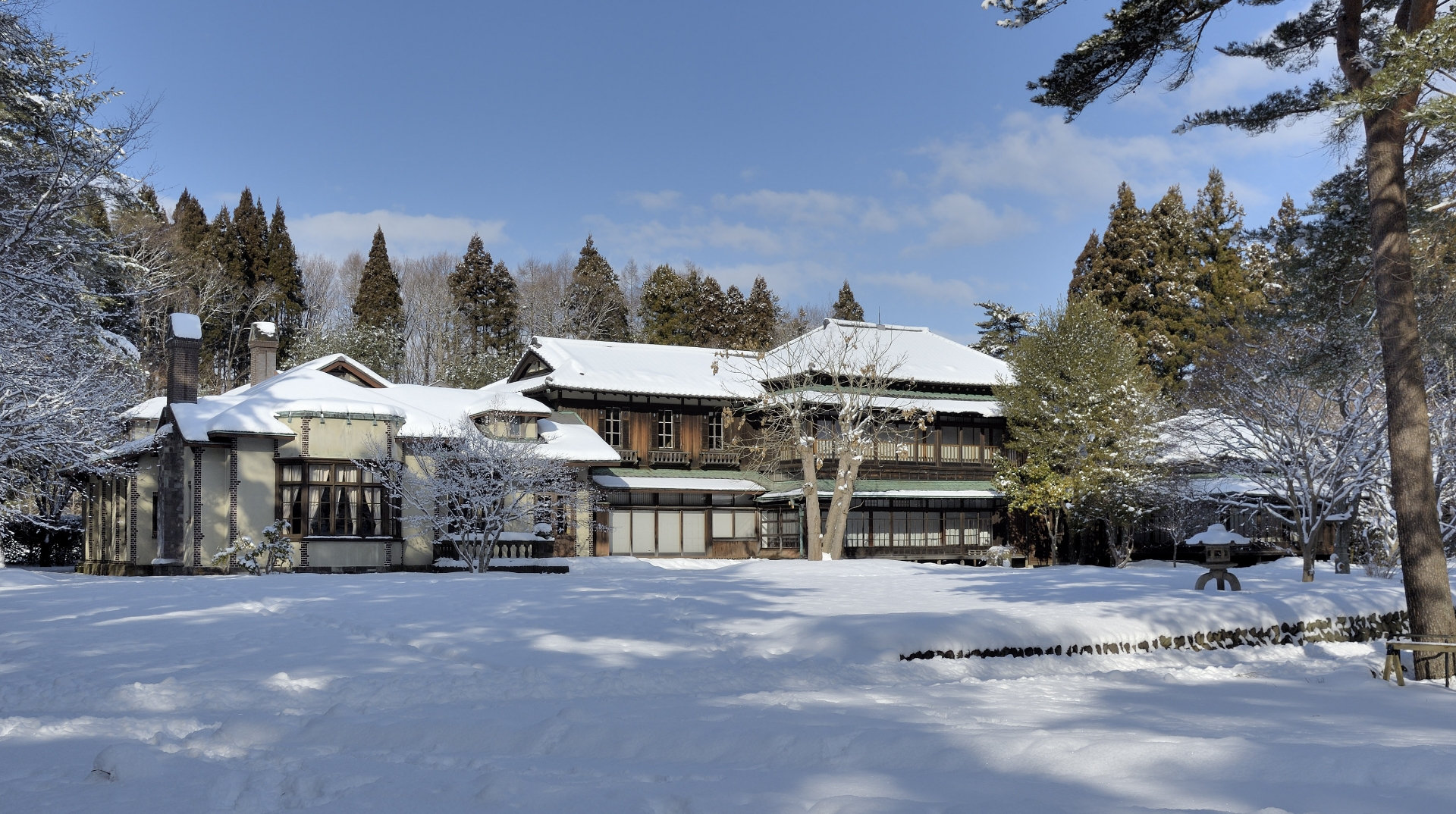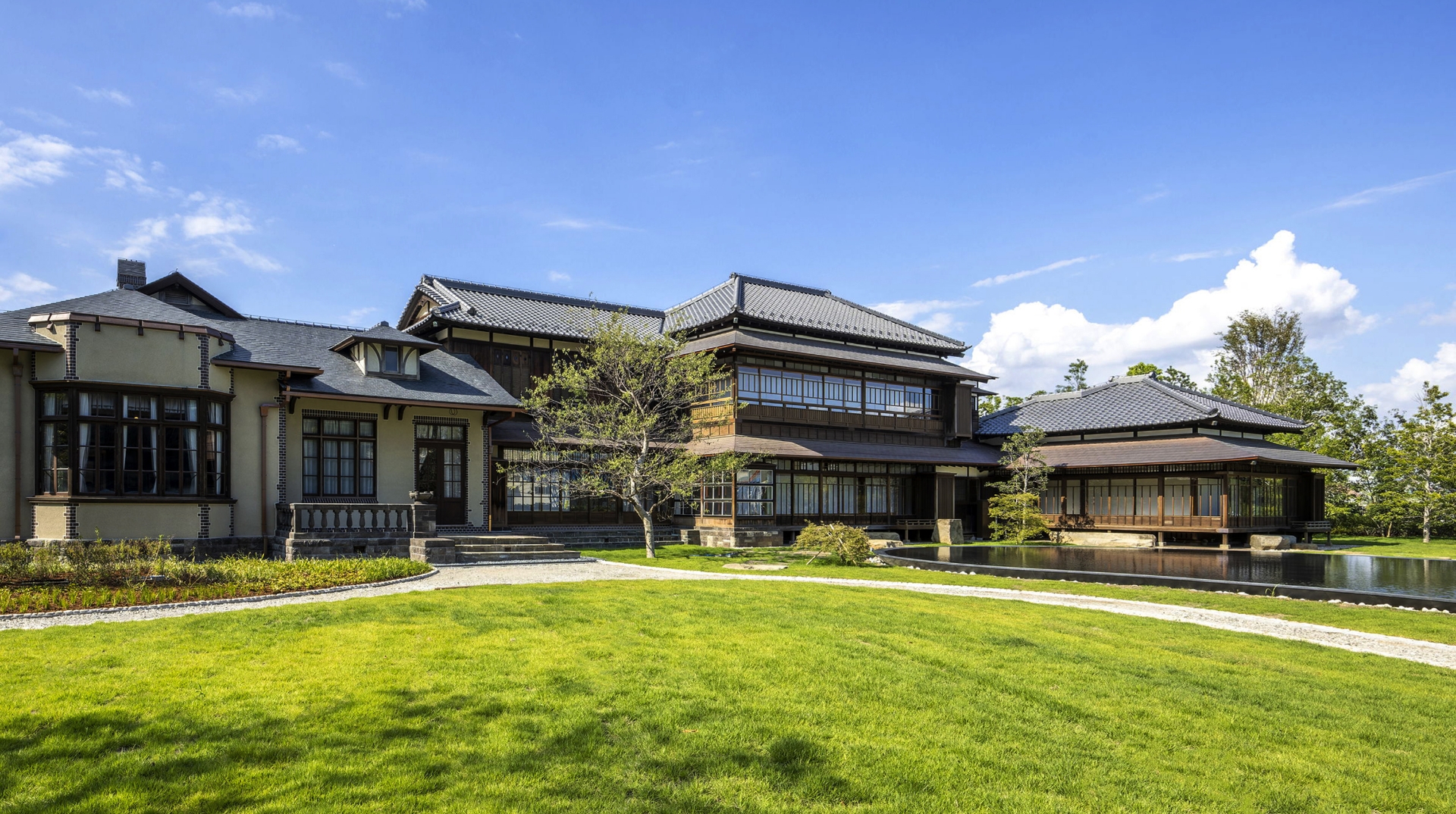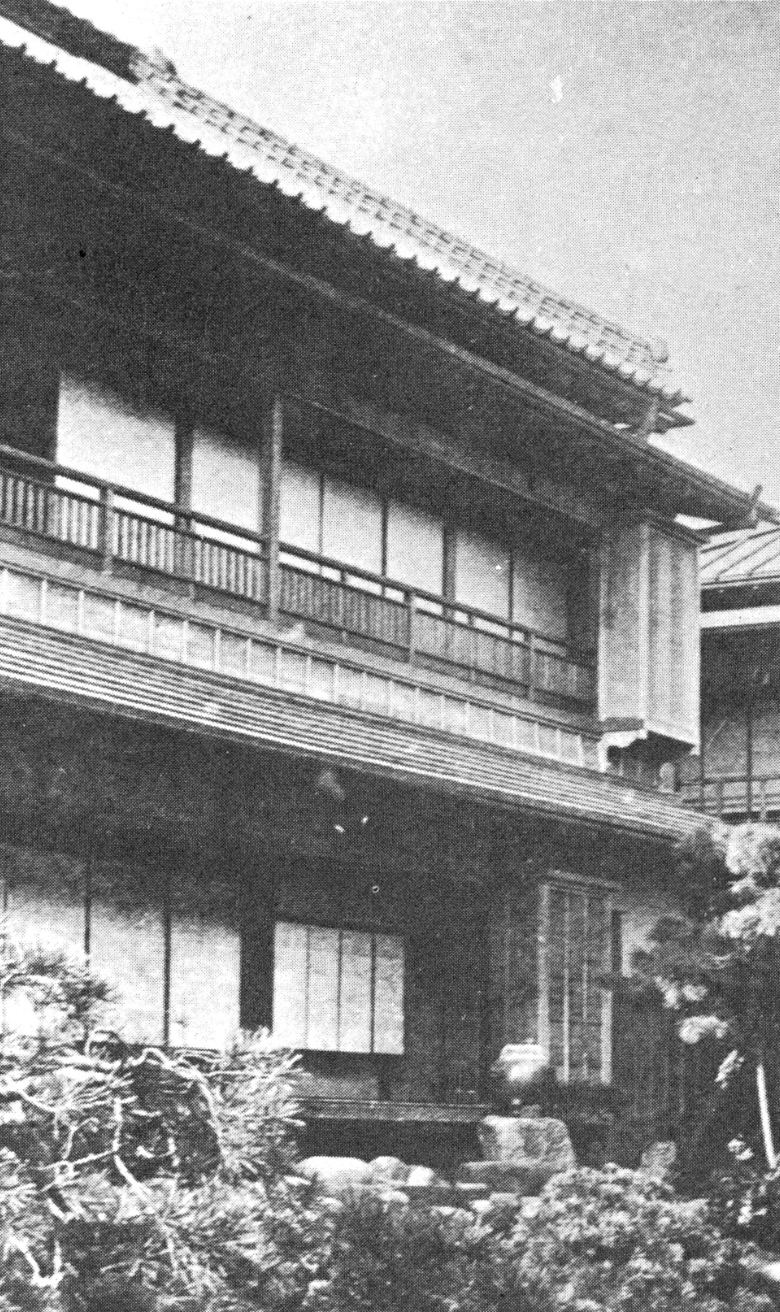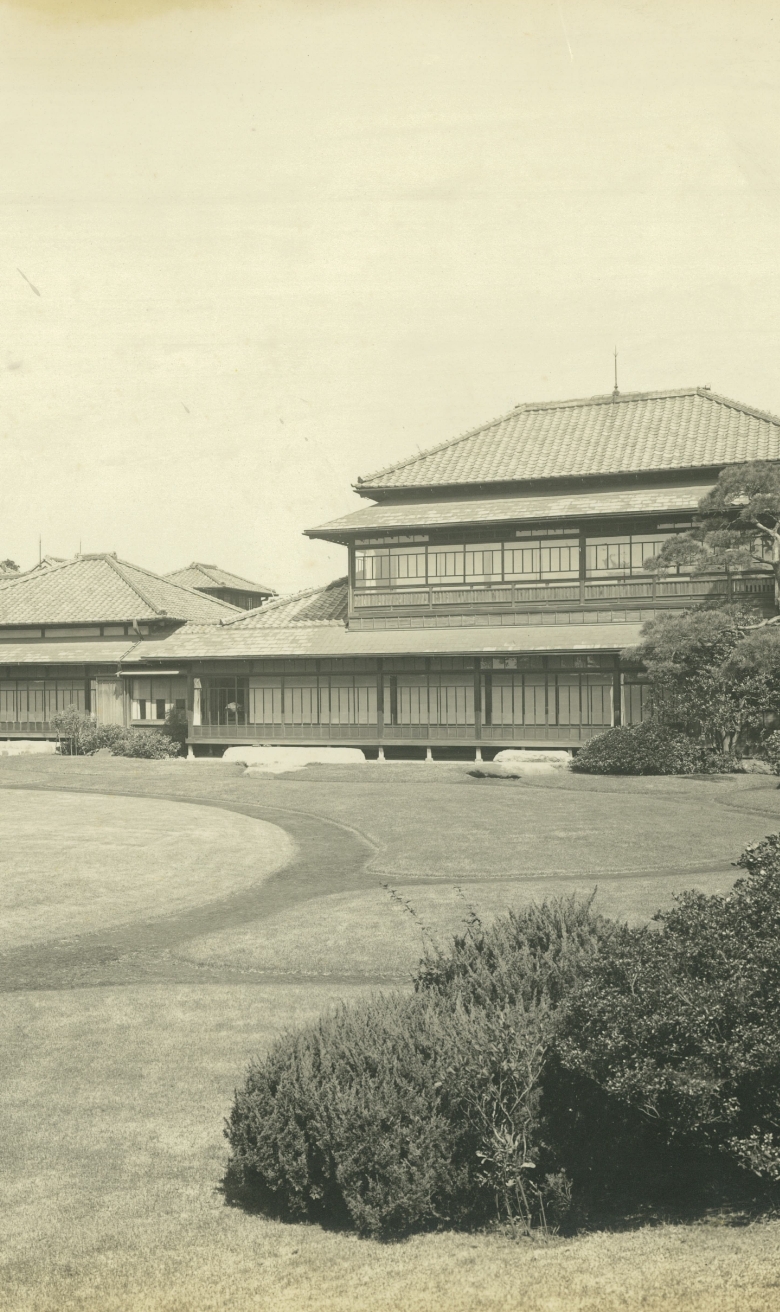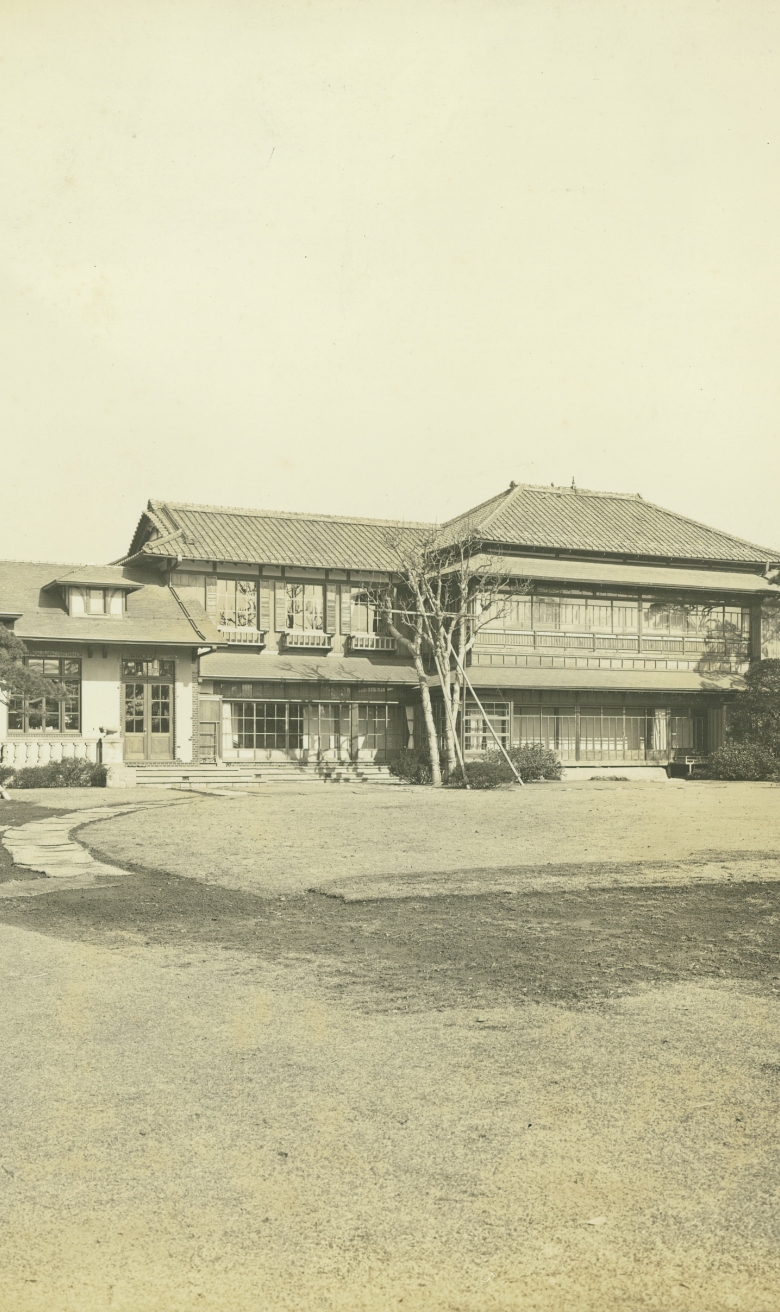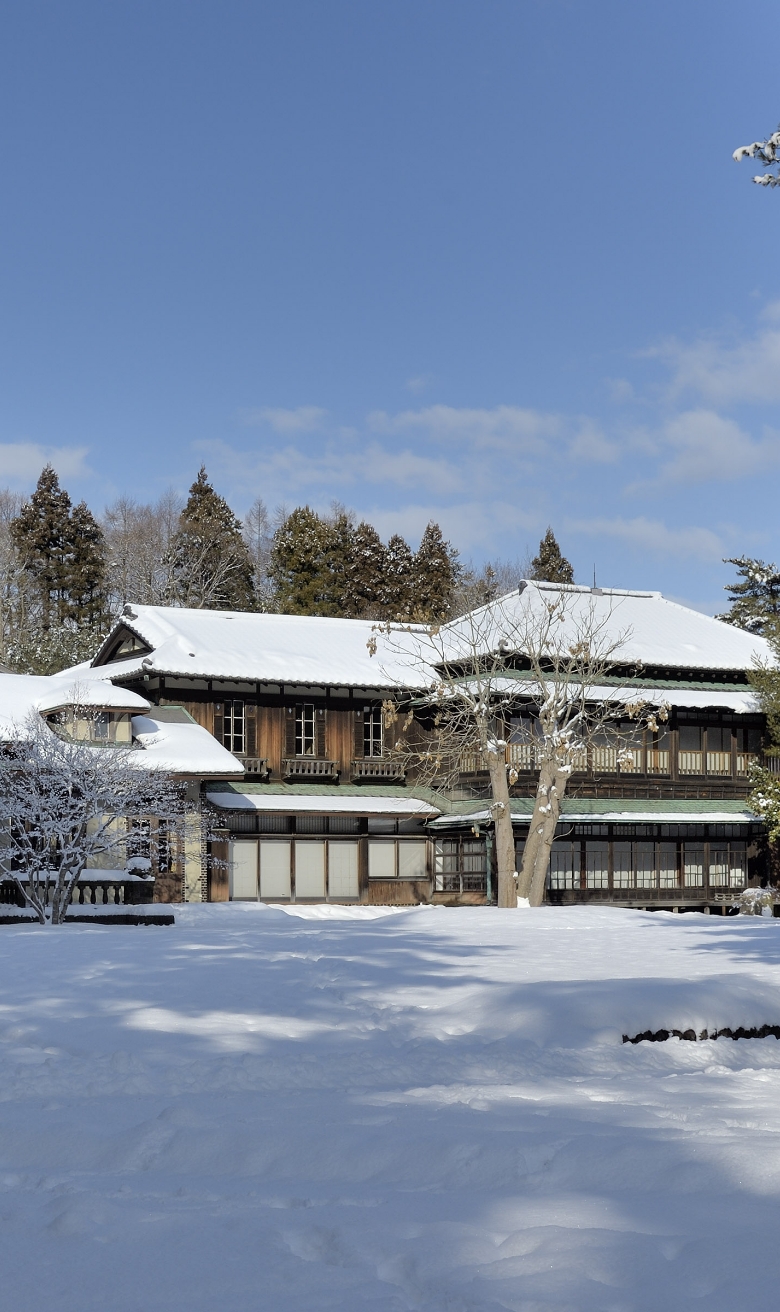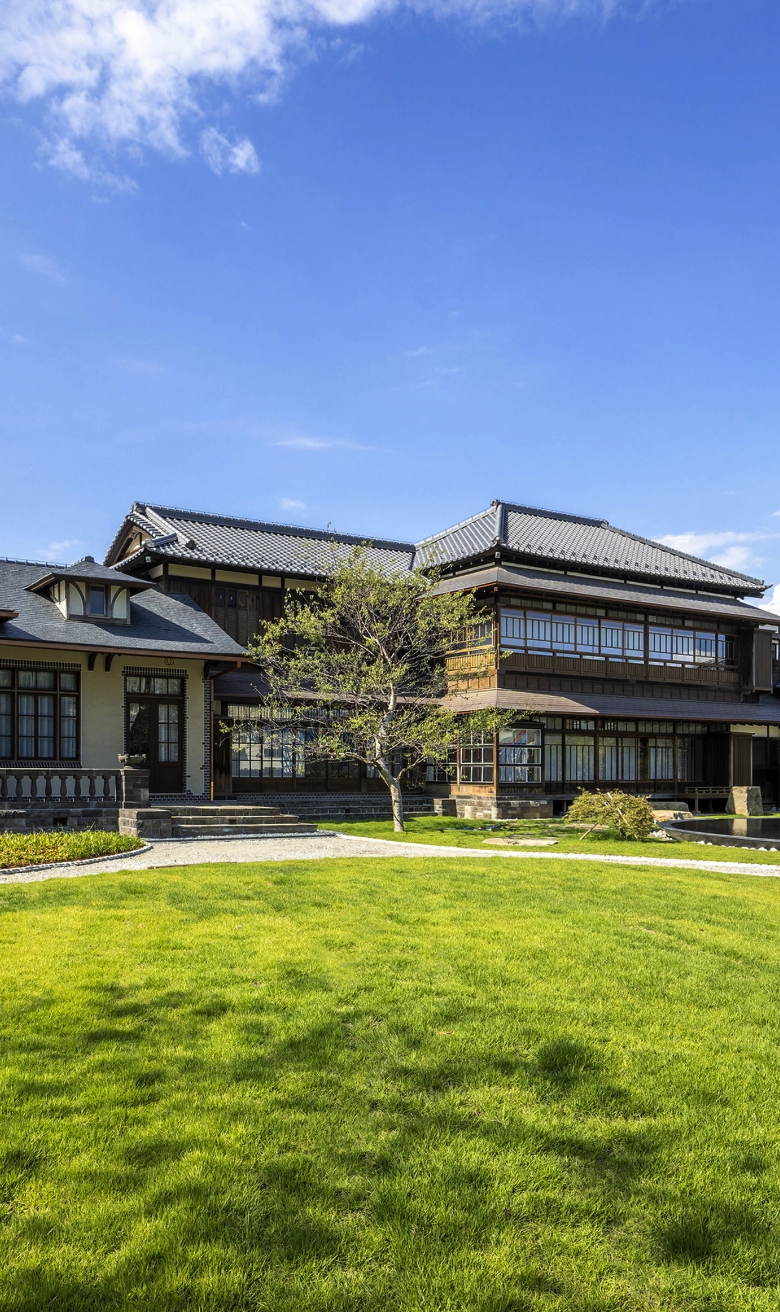scroll
The former Shibusawa residence is where SHIBUSAWA Eiichi, known as the "father of modern Japanese capitalism,'' and his family lived for four generations. It was built around the Omotezashiki (the main building), which was completed in 1878 in Fukagawa-Fukuzumicho, Tokyo (present Eitai, Koto City).
The Omotezashiki was constructed by SHIMIZU Kisuke II, the carpenter and second owner of the Shimizu Corporation.
Following relocations, additions, and renovations, the building has been moved for the third time and now is in Shiomi, Koto City. It has become a Koto City-designated tangible cultural property.
Shimizu Corporation is committed to preserving and opening the former Shibusawa residence as a valuable piece of Japanese modern housing history. We are dedicated to ensuring that the legacy is passed on to future generations.
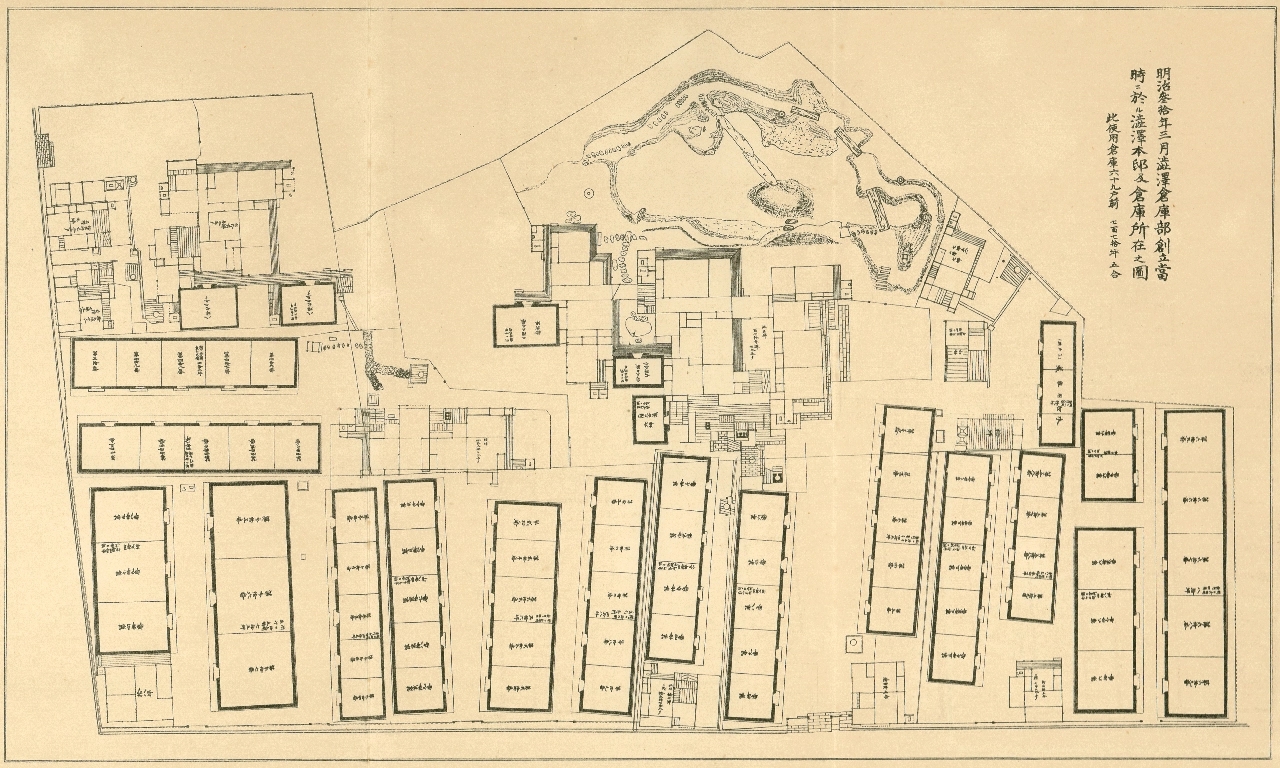
Plan of the Shibusawa main residence and Shibusawa Warehouse location at the time the Shibusawa Warehouse department was established in March 1897
Shibusawa soko sanjunenshoshi [Shibusawa Warehouse 30 Years Short History] appendix, 1931.
Former Shibusawa Residence Chronology
1878
The Omotezashiki completed
1891
-1900
The Omotezashiki was expanded with addition of a Hanare (annex)
Designed by OKAMOTO Sotaro of Shimizu Mannosuke shop (later its chief engineer).
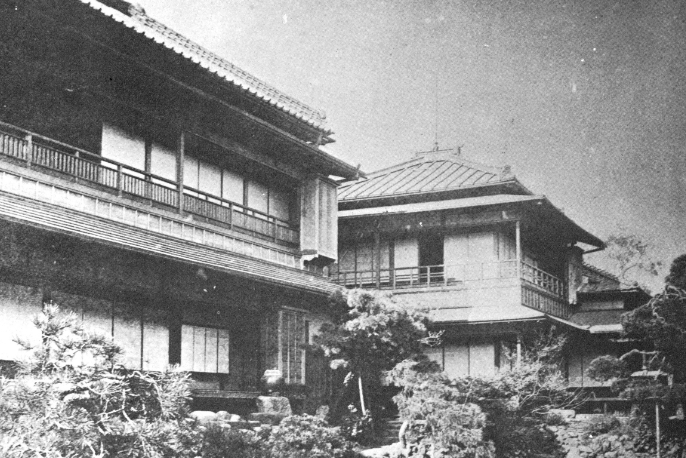
SHIBUSAWA Eiichi denki shiryo [SHIBUSAWA Eiichi Biographical Materials], sup. vol.10, p.263, The SHIBUSAWA Eiichi Photographs.
Fukagawa-Fukuzumicho,
Tokyo
(present Eitai, Koto City)
1908
Relocated to Mita-Tsunamachi, Shiba Ward
The Gobodo (mother’s annex) was added upon relocation
The Hanare was relocated
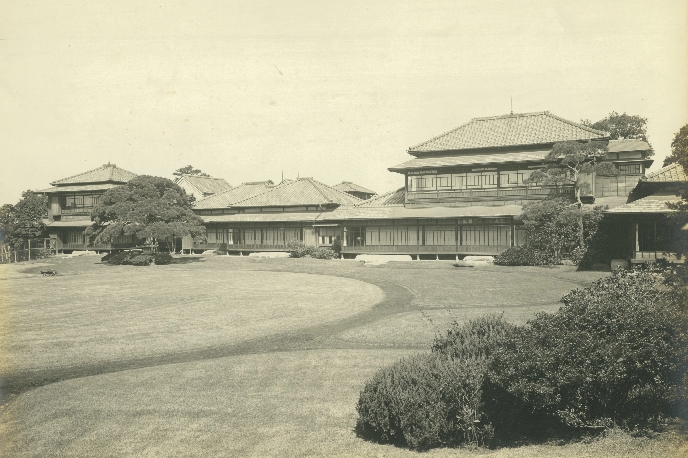
1930
Large-scale renovation into a combined Japanese-and Western-style residence
The Hanare was dismantled and a Western-style wing (parlor, hall, study, dining room, etc.) was expanded
Designed by NISHIMURA Yoshitoki
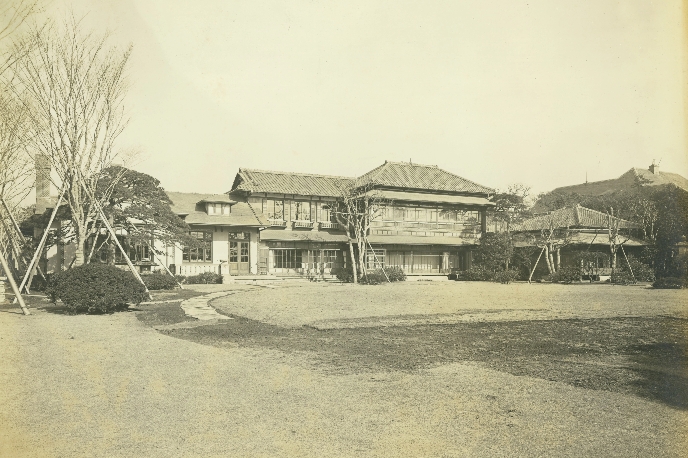
1947
SHIBUSAWA Keizo paid the residence in kind as property tax (extraordinary tax on the wealthy immediately after WWII)
This tax was proposed by SHIBUSAWA Keizo himself when he was Minister of Finance
After that, it served as the residence of the Minister of Finance and then as the Mita Kaigisho (Mita Conference Hall)
1990
The residence was transferred to SUGIMOTO Yukio (former secretary to the SHIBUSAWA family)
Mita-Tsunamachi, Shiba Ward,
Tokyo
(present Mita, Minato City)
1991
It was relocated to Rokunohe Town, Aomori
2019
Acquired by Shimizu Corporation
Disassembly work begins
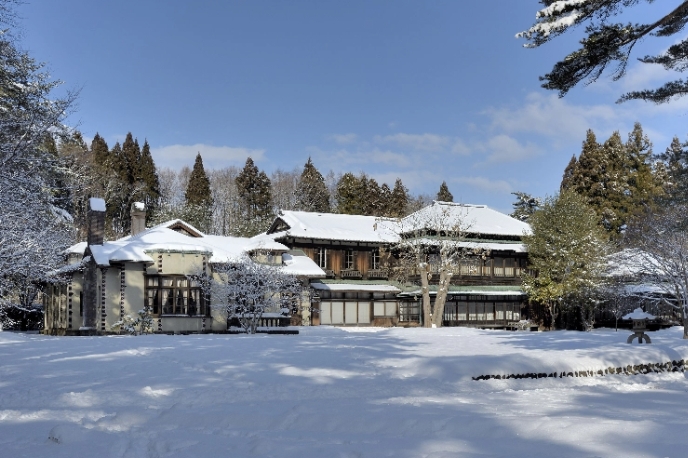
Rokunohe Town, Aomori
January 6, 2020
Designated as Koto City-designated tangible cultural property Kyu Shibusawake Jutaku (member of framework)
2023
Relocation and restoration works completed in Shiomi, Koto City
January 10, 2024
The designation was changed to become a Koto City-designated tangible cultural property Kyu Shibusawake Jutaku
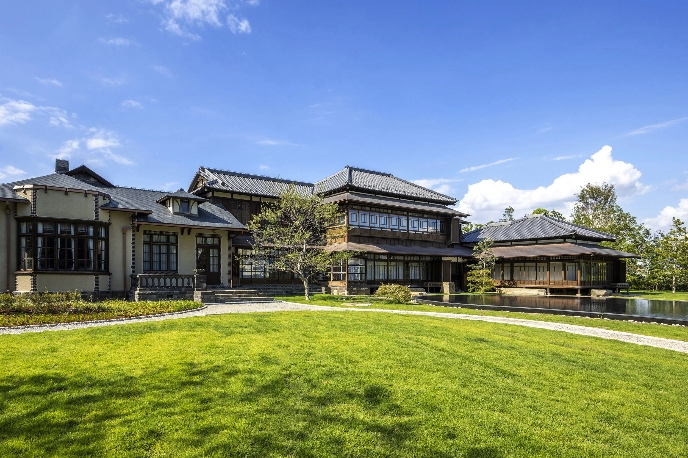
Shiomi, Koto City,
Tokyo
Residents
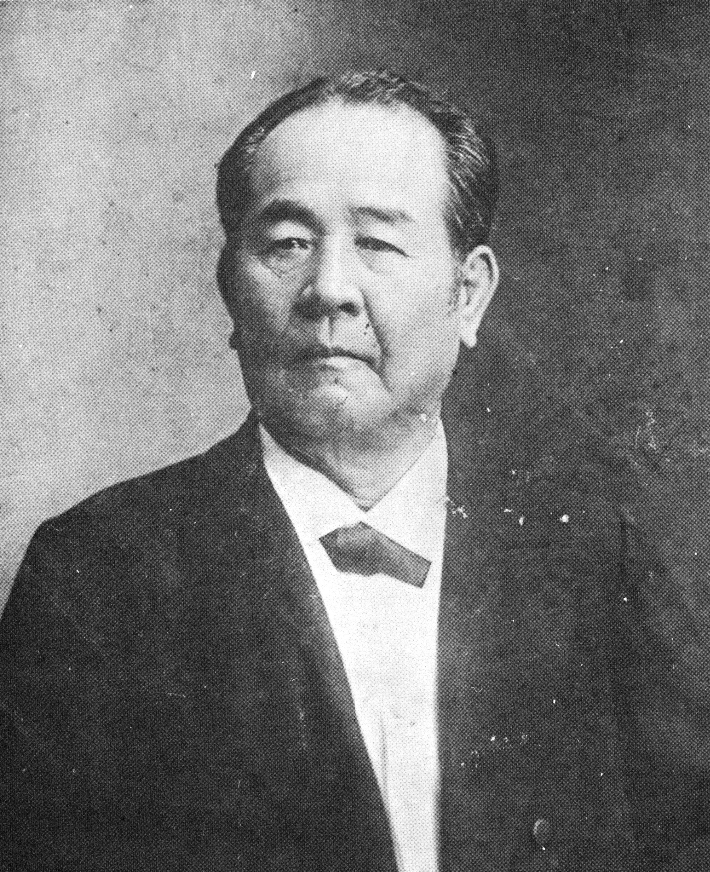
SHIBUSAWA Eiichi denki shiryo [SHIBUSAWA Eiichi Biographical Materials], sup. vol.10, p.253,
The SHIBUSAWA Eiichi Photographs.
SHIBUSAWA Eiichi
1840-1931
SHIBUSAWA Eiichi was born to a wealthy farming family in Fukaya, Saitama. In the late Edo period, he became a retainer of Shogun TOKUGAWA Yoshinobu. After accompanying TOKUGAWA Akitake on a mission to Europe, he was involved in the new government's nation-building efforts following the Meiji Restoration.
In 1873, SHIBUSAWA Eiichi resigned from the Ministry of Finance to become the auditor general (later president) of the First National Bank, which he had a hand in founding. With the bank as his base, he focused on founding and growing businesses in Japan under the joint-stock company system. During his lifetime, he participated in about 500 enterprises, all while continuing to advocate his philosophy of harmony between ethics and economics. From 1887 to 1916, he served as a consultant to Shimizu Mannosuke shop (renamed Shimizugumi in 1915, present Shimizu Corporation).
Read more

Photo by KIMURA Ihei
Provided by the Photo Studio of TANUMA Takeyoshi
SHIBUSAWA Keizo
1896-1963
SHIBUSAWA Keizo was born and raised in Fukuzumicho, Fukagawa Ward, Tokyo (present Eitai, Koto City), as the grandson of SHIBUSAWA Eiichi. After graduating from the Faculty of Economics at Tokyo Imperial University in 1921, he joined Yokohama Specie Bank. SHIBUSAWA Keizo worked at the London branch starting the following year. After that, he became vice president of Dai-ichi Bank. Before and after WWII, he served as Governor of Bank of Japan and Minister of Finance, and was responsible for the Japanese economic world at a time of transition. From 1961 to 1962, SHIBUSAWA Keizo became a consultant to our company and advised us on how to move beyond being a family-owned company.
SHIBUSAWA Keizo was devoted to ethnology and folklore, etc. and established a private museum, the “Attic Museum” (today known as the Institute for the Study of Japanese Folk Culture Kanagawa University), on the grounds of his residence in Mita-Tsunamachi.
Read more
Toryo (Carpenter) of the Original Building
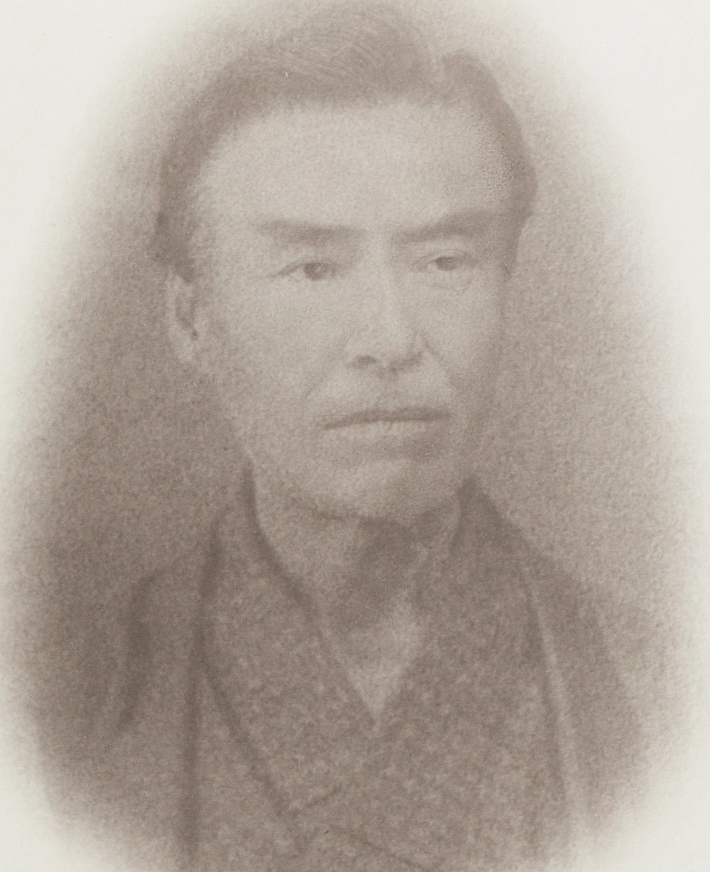
Omotezashiki / 1878
SHIMIZU Kisuke II
1815-1881
SHIMIZU Kisuke II was born in the present-day Inami, Nanto City, Toyama. He grew up surrounded by the architectural beauty of temples and shrines, such as the renowned Zuisenji Temple adorned with Inami sculptures in the Hokuriku region. During the Tenpo era, He departed for Edo (present-day Tokyo) and apprenticed under SHIMIZU Kisuke I, the founder of Shimizu Corporation, who hailed from the same Toyama. Recognizing Kisuke II's skill, he chose Kisuke II as his successor.
During the late Edo period, Kisuke II actively pursued the study of Western architecture in the newly opened port city of Yokohama. Subsequently, he undertook the construction of notable Giyofu architecture (Pseudo Western-style architecture), including the Tsukiji Hotel, the Mitsuigumi House (later the First National Bank), and the Kawase Bank Mitsuigumi. Through his involvement in the construction of the Mitsuigumi House, he gained the recognition and trust of SHIBUSAWA Eiichi, leading to Kisuke II's participation in the construction of Shibusawa’s residence in Fukagawa-Fukuzumicho. The Omotezashiki stands as the sole existing architectural work of Kisuke II.
Read more
Architects of Additional works
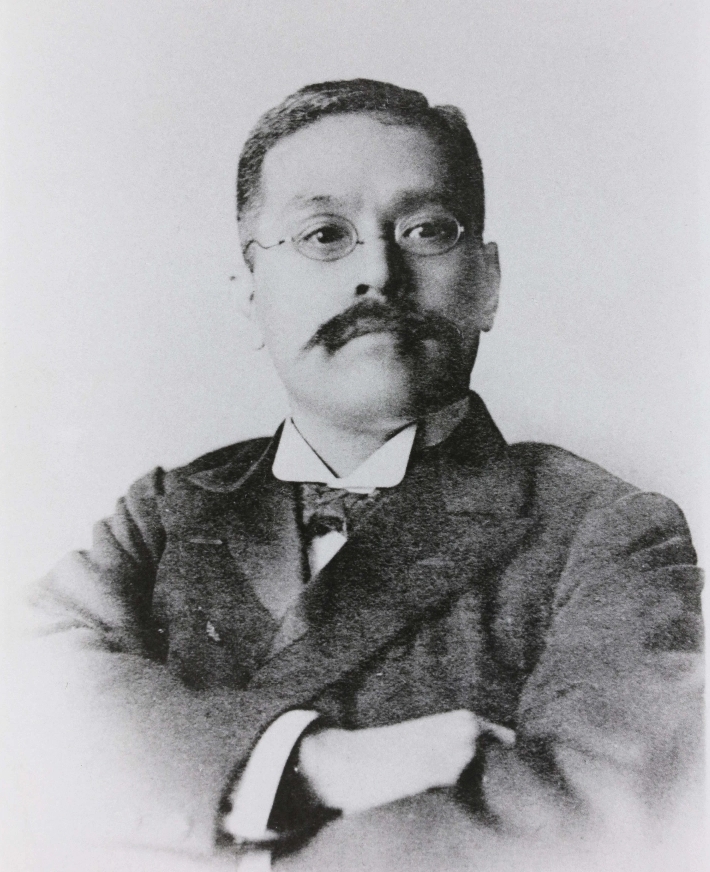
Hanare in Fukagawa-Fukuzumicho / 1891-1900
Not extantOKAMOTO Sotaro
1867-1918
OKAMOTO was born in Tokyo and graduated from the Course of Architecture at the Imperial University's College of Engineering. In 1891, he joined the Shimizu Corporation. He became an engineer in 1896 and served as Chief engineer from 1901 to 1913. He designed the Koshu Gakko building, the Tokyo Gas building, the Nihombashi Club western style building and the Shibusawa Warehouse building.
He was responsible for the design of the Hanare of the SHIBUSAWA Eiichi residence, which was expanded between 1891 and 1900.
Read more
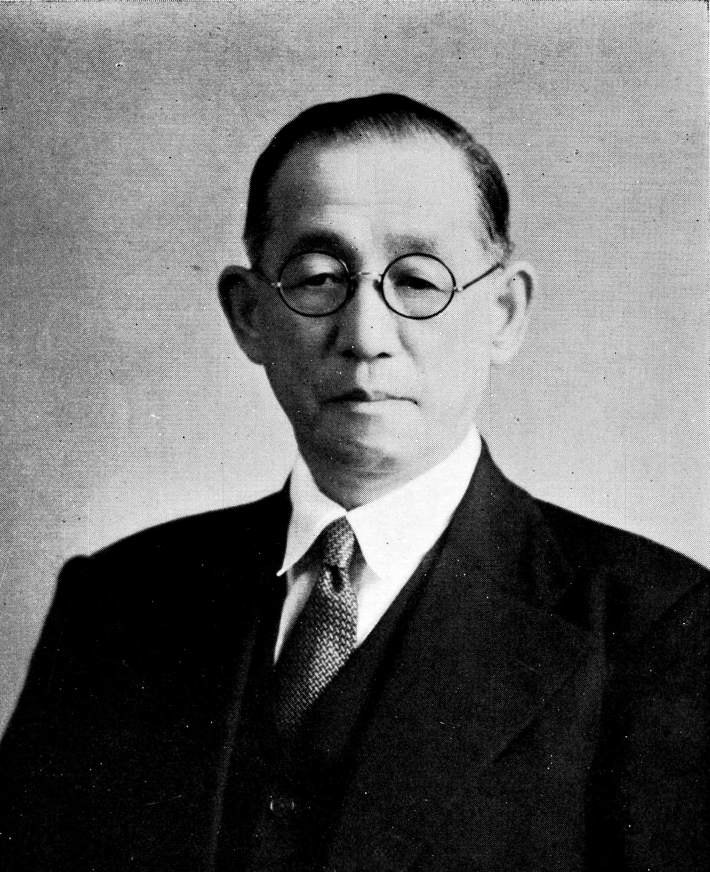
NISHIMURA Yoshitoki sakuhinfu [NISHIMURA's Collected Works] jonanshoin, 1950.
Large-scale renovation / 1930
NISHIMURA Yoshitoki
1886-1961
NISHIMURA was born in Tokyo. After graduating from the Course of Architecture at the Tokyo Imperial University's College of Engineering, he worked as the Sone Chujo Architectural Office. In 1914, he became an engineer in the design department of Shimizu Mannosuke shop. (The following year, it was reorganized as Shimizugumi. Present Shimizu Corporation.)
In 1920, he moved to Dai-Ichi Bank, where he designed the Dai-Ichi Bank head office and later became independent. He was responsible for designing many bank buildings, primarily for Dai-Ichi Bank. The Seifutei of Dai-Ichi Bank (relocated to Fukaya City, Saitama, and still exists today) is also Nishimura's work.
Read more

